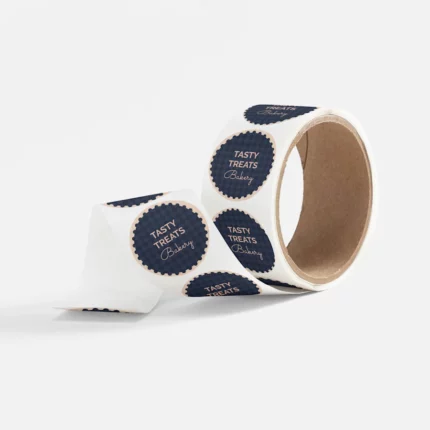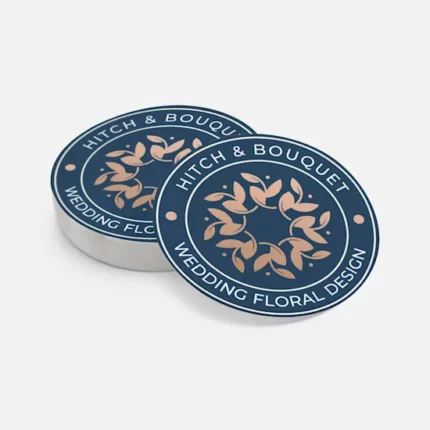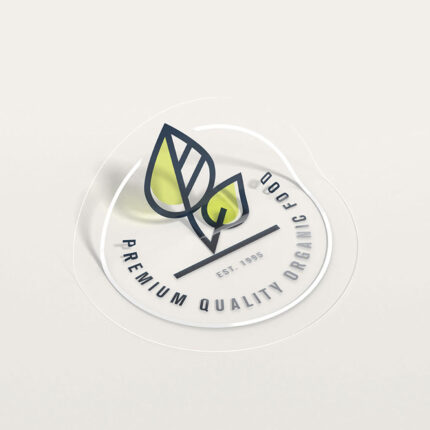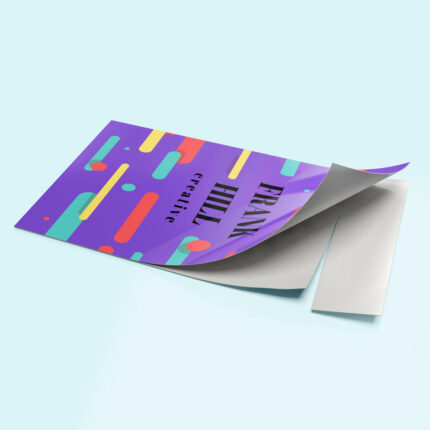In the printing industry, the term “reverse” or “reverse printing” refers to a technique where ink is used to form the outline of any text, logo, or graphic, allowing the underlying paper color to form the actual image. This is in contrast to traditional printing, where the image areas receive ink and the paper areas surrounding them do not receive ink.
In reverse printing, the paper area surrounding the images receives the ink and the images themselves do not receive ink. This technique is often used to create a bold, eye-catching effect, especially when contrasting colors are used. It is important to note that when designing for reverse printing, it is important to avoid excessively thin or narrow areas in the intended design, as the ink coverage used to form a reverse can inadvertently close in the finer details when printed, resulting in poor contrast and readability.
Reverse Printing vs Traditional Printing
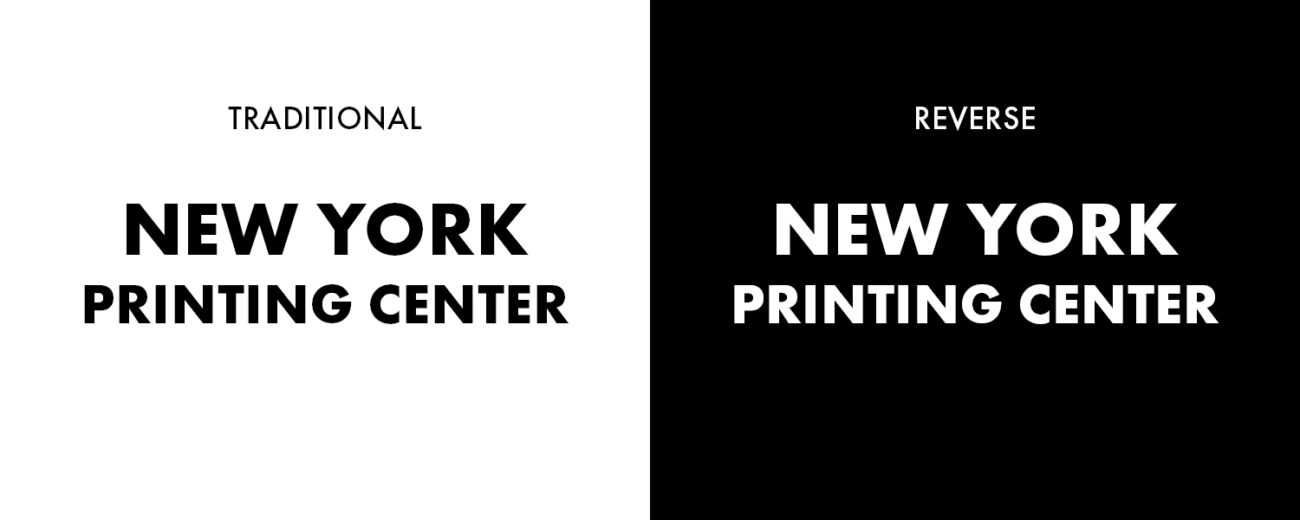
Reverse printing and traditional printing are two different methods used in the printing industry to create images and text on paper.
Traditional Printing: In traditional printing, ink is applied to the areas of the printing plate that correspond to the image or text to be printed. When the plate comes into contact with the paper, the ink is transferred, creating the desired image or text.
Reverse Printing: Reverse printing, on the other hand, is a technique where the ink is applied to the background of the image or text, and the actual image or text is left unprinted, allowing the underlying paper color to show through. This creates a visual effect where the image or text appears to be “reversed out” of the printed background.
Differences: The key difference between reverse printing and traditional printing is the way in which the ink is applied. In traditional printing, the ink is applied to the image or text, while in reverse printing, the ink is applied to the background.
Uses: Reverse printing is often used to create bold, eye-catching designs, especially when contrasting colors are used. It is commonly used in advertising, packaging, and other promotional materials.
Considerations: When designing for reverse printing, it is important to consider the thickness of the lines and the spacing between elements, as the ink coverage used to form the reverse can inadvertently close in the finer details when printed, resulting in poor contrast and readability.
If you have any questions about printing, feel free to reach out to us at 718-928-6888 or submit our quote request form. We’re here to assist you in any way we can.
Take care!
Jeff @ New York Printing Center

